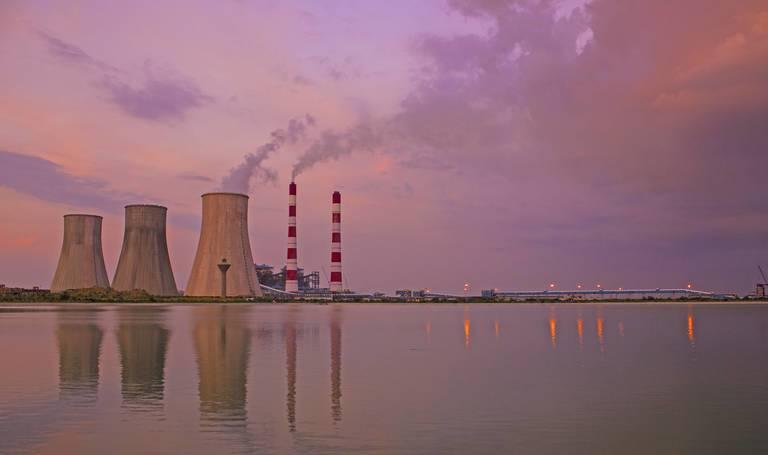
There’s been a lot of nay saying when it comes to carbon capture in recent years. The math, let alone the cost associated with such technology seems daunting even to scientists who admit that curbing climate change would likely not be possible without a carbon capture.
Well, planet earth may just be rounding that corner.
Earlier this month, TriplePundit reported that a company in Squamish, British Columbia, Canada had developed a new technology to extract the carbon dioxide from the air and then convert it to fuel. The Air to Fuel technology is considered a first and expected to reduce the cost of carbon capture to just a sixth of what it had been with earlier, antiquated technology.
But Air to Fuel appears to be only one of several ways to capture CO2 from the environment. The Net Power plant in La Porte, Texas has just produced data that suggests that it may be possible to capture carbon as part of the combustion cycle in natural gas production and do so at a fraction of the cost, as well.
The Allam Cycle – the technology behind Net Power’s strategy – is designed to overcome a basic shortcoming in conventional carbon capture: the stand-alone, or “parasitic” carbon capture facility, which takes more room and more energy to accomplish.
The Net Power system uses “a high pressure, highly recuperative, oxyfuel, supercritical CO2 cycle that makes carbon capture part of the core power generation process, rather than an add-on,” explains Rodney J. Allam, who invented the process.” Pretty heady stuff. The result, he says, is a system that produces “a pipeline quality CO2 product at no cost to the system’s performance.”
Allam goes into greater detail of how the technology works in his article for Modern Power Systems, but the takeaway is that carbon capture is quickly excelling as a science that may one day circumvent the need for today’s sprawling, emission-heavy petroleum plants.
Net Power’s selling point isn’t just its technology, but what it takes to run that system. It cuts water usage significantly. According to the U.S. Geological Society, power production accounts for more than 40 percent of the water withdrawals from fresh water and surface water sources combined.
It also reduces the physical footprint. It takes less to operate a smaller plant for a greater output.
The Allam Cycle and Air to Fuel technology are surprising developments in light of last year’s disappointing failure of a Dutch “clean coal” plant, which has helped to sour optimism toward an economical carbon capture system in Europe. Despite the European Union’s historic support of clean energy, carbon sequester technology fails to muster the attention it received a decade ago when the EU enthusiastically backed a series of proposed sites for clean energy production.
At this early juncture, neither Net Power or Carbon Engineering have proven that the their propriety methods can actually take on the burden of national, let alone, global power production. As promising as the new findings sound, the real proof in their success will be how they can transform not energy, but whole communities.
Flickr image: Vikramdeep Sidhu
Jan Lee is a former news editor and award-winning editorial writer whose non-fiction and fiction have been published in the U.S., Canada, Mexico, the U.K. and Australia. Her articles and posts can be found on TriplePundit, JustMeans, and her blog, The Multicultural Jew, as well as other publications. She currently splits her residence between the city of Vancouver, British Columbia and the rural farmlands of Idaho.














